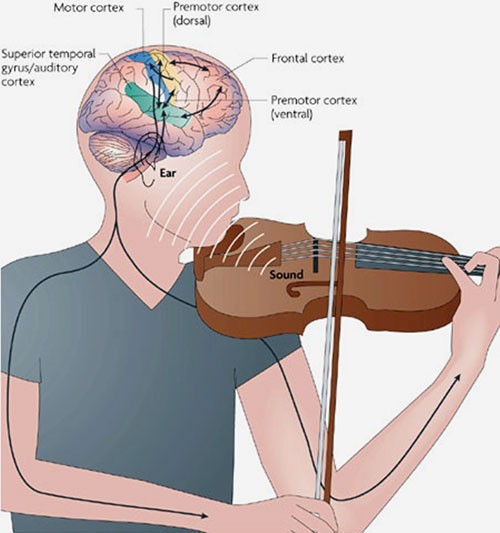Rising drug costs are hampering the care of patients with debilitating neurological disorders like Parkinson’s disease and Alzheimer’s, a new study finds.
Patients are less likely to fill necessary prescriptions as out-of-pocket costs increase, said senior researcher Dr. Brian Callaghan, a neurologist with the University of Michigan, in Ann Arbor.
“It’s a pretty predictable 5 percent to 10 percent drop for every $50 increase in cost,” Callaghan said.
For patients with Parkinson’s disease, not taking medications as prescribed can severely impact their quality of life, he noted.
“The Parkinson’s medicines are supposed to help make their tremors better, help them walk faster better. Theoretically, it could prevent falls and hospitalizations,” Callaghan said. “It’s not really preventing people from dying. It’s enabling people to live better and have better symptom control.”
Previous studies have shown that out-of-pocket drug costs are rising for neurologic medications, Callaghan said.
To see how these higher prices affect patient care, Callaghan and his colleagues singled out three neurologic diseases for which there are effective drugs available at a wide variety of prices:
- Parkinson’s disease, where the drug pramipexole cost $35.90 for a 30-day supply in 2016, compared to $12.40 for the drug ropinirole.
- Alzheimer’s disease, where a month’s supply of rivastigmine was $79.30, compared to $3.10 for the drug donepezil.
- Peripheral neuropathy, where pregabalin cost $65.70 for a month compared to $8.40 for gabapentin.
The researchers used a private insurance claims database to track more than 80,000 patients’ prescriptions during a 15-year period, comparing how often they filled prescriptions with their out-of-pocket costs.
In 2015, the Alzheimer’s drug donepezil cost about $3 for a 30-day supply, and researchers found that people filled their prescriptions about 70 percent of the time. On the other hand, the drug rivastigmine cost about $100, and people filled those prescriptions only 45 percent of the time.
A $50 increase in out-of-pocket costs was associated with an overall 12 percent decrease in a patient’s access to Alzheimer’s medications, the researchers found.
The same pattern held for Parkinson’s patients and people with peripheral neuropathy, which causes numbness and pain, usually in the hands and feet.
“I am not surprised,” James Beck, chief scientific officer for the Parkinson’s Foundation, said of the study results. “The free Parkinson’s Foundation Helpline team hears similar stories from people with Parkinson’s disease every day. The cost of medications is a key factor in their budgets and everyday lives.”
The medication regimen for people with Parkinson’s is especially complex, “and the timing of multiple pills a day often taking into account meals is incredibly arduous,” Beck said. “Therefore, missing doses of medications will have the effect of a reduction in quality of life. People may not be able to move as well, sleep as well, or do the activities they enjoy as a result of missing their medications.”
Callaghan pointed out that medication adherence is probably even worse for patients with disorders like multiple sclerosis, where there are only a handful of medicines available and all are expensive.
Callaghan and Beck recommended that patients talk with their doctor and pharmacist if they’re struggling to pay for their medications. There could be cheaper drugs available that would work as effectively.
“For Parkinson’s disease, there are three types of medications that people often take as their first medication. The evidence suggests that starting with any of these medications leads to similar positive outcomes,” Beck said. “Therefore, people with Parkinson’s disease and their providers can work together to identify what might be the most affordable medication to start with in treating their Parkinson’s disease symptoms.”
The study was published online Feb. 19 in the journal Neurology.









Recent Comments